Valmar Won’t Be the Last: The Hidden Cost of the Cost Model

Valmar Won’t Be the Last: The Hidden Cost of the Cost Model February 4, 2025 The hidden cost of the cost model is a conversation we can’t ignore. By now, most of you have heard about the Valmar case. This heartbreaking situation had devastating consequences, and our deepest condolences go out to those directly impacted. […]
QSC’s Own Motion part 2: how staff quality and practice leadership impact resident safety
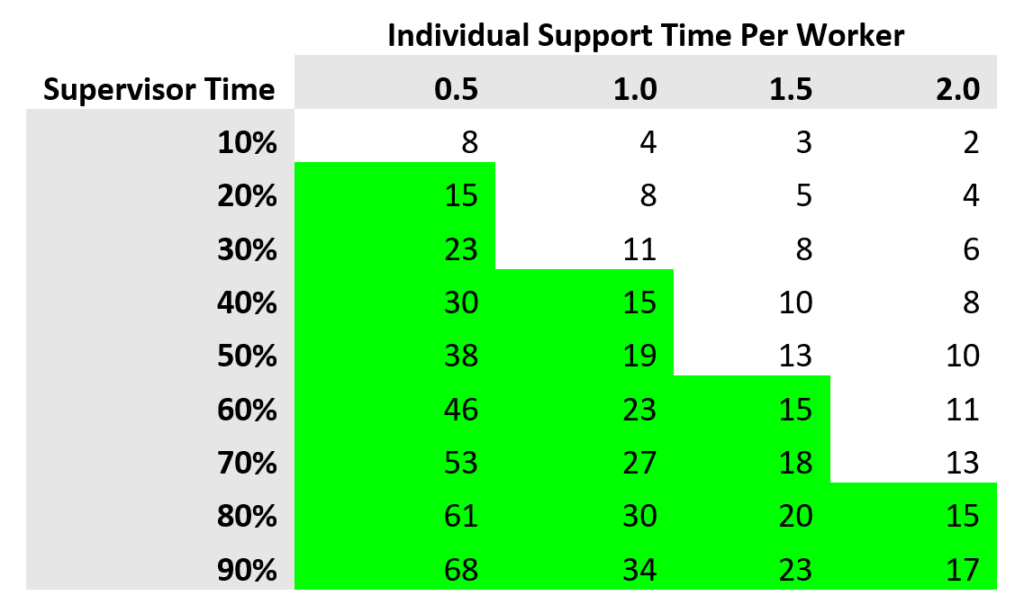
As part 2 of the series, this article delves into the drivers of staff-generated abuse, evaluates the chances of implementing meaningful change, and outlines three ways providers can respond to the Own Motion Inquiry.
QSC’s Own Motion part 1: how safe is Supported Independent Living?
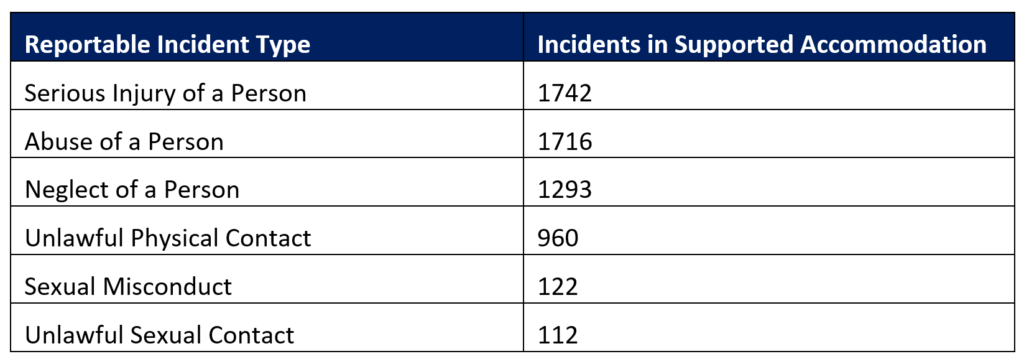
Examining 6,269 reportable incidents across 7 major providers and 1075 SIL sites, the study represents a significant portion of the SIL cohort, as the selected providers account for 18% of the total. The report suggests that although it is unlikely to lead to the “abolishment” of group homes, there are serious issues that must be addressed.
It’s not easy being a big SIL provider
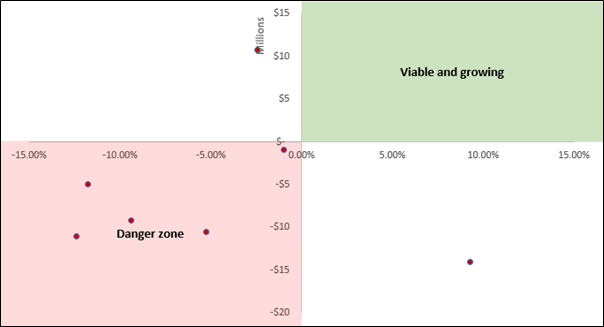
It’s been a tough year for major providers. Unfortunately, they’re on the wrong end of a confluence of impacts. This means that transformation efforts are complicated because, in most cases, nearly all business functions are impacted by the NDIS cost model.
How can a QSC compliance notice lead to growth?
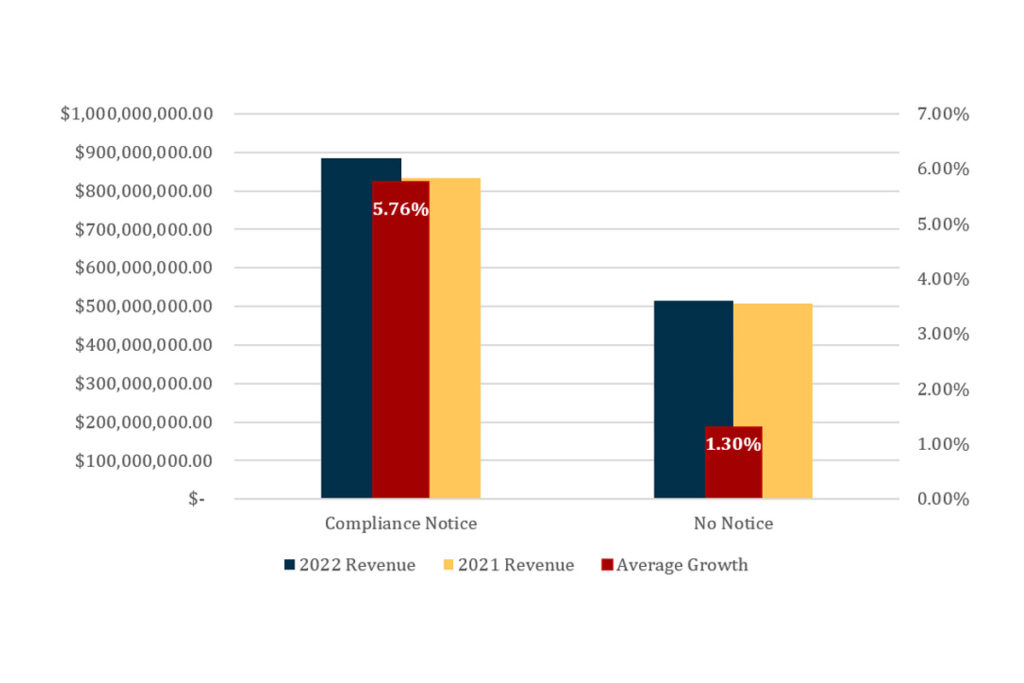
n most markets, we expect government enforcement actions to present serious risks and challenges to businesses. But, unsurprisingly and concerningly, this does not appear to be the case in the NDIS.
Board members of NDIS providers need to see these 2022 results

Three NDIS providers reported a combined loss of $15 million, with only one posting a minuscule 0.78% margin. These results are a far cry from the exorbitant profits we’ve seen in the media recently.
Support worker employment trends reaching critical levels

The support worker employment market is at critically constrained levels, just as we approach seasonal increases in turnover, leave requests, and another potential COVID-19 outbreak. In this article, we reviewed the latest data to find some support worker recruitment solutions.
Is it getting harder to fill SIL vacancies?
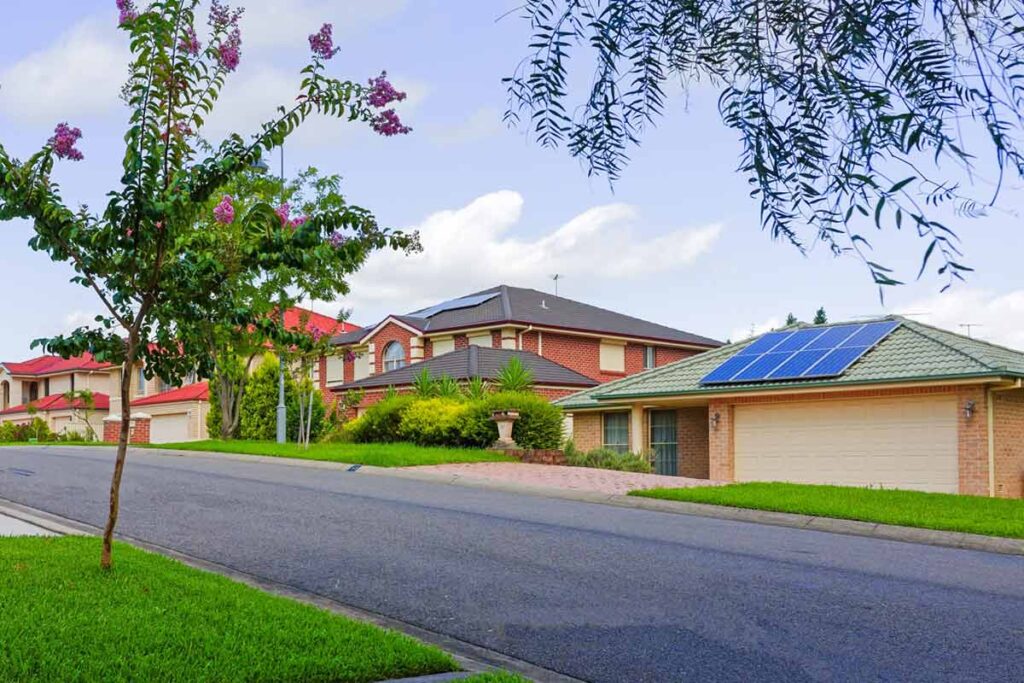
We keep hearing across the sector that filling Supported Independent Living (SIL) vacancies is becoming increasingly more difficult for providers. As always, we reviewed the NDIS data to validate this assumption, and this is what we found.
Why NDIS product strategy is almost always wrong

Let’s say your SIL business is entering the Sydney market for the first time. You will need certain inclusions, such as a robust incident management process. This process is a high-weight critical system required to perform the service. However, it is also low-variance because it varries little between competitors. Therefore, it can not serve as a point of difference. We call these inclusions table stakes.
A closer look at SIL profitability in 2022

Supported Independent Living (SIL) profitability varies significantly between providers. While many in the NDIS assume that most providers converge on margins of only 2% given the cost model, our data tells us the average margin SIL margin was 4.5%, with considerable variance (3.15% SD).

